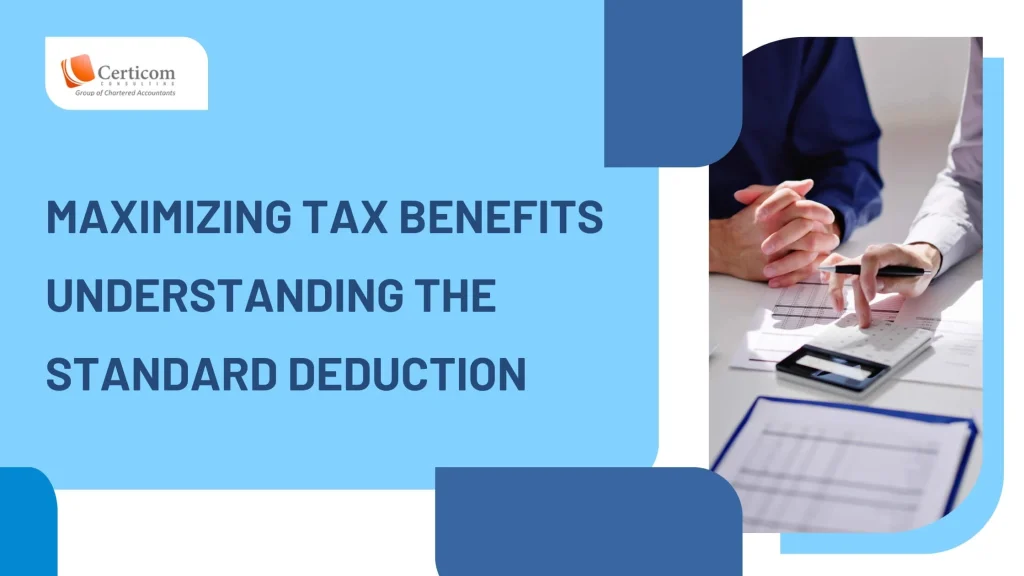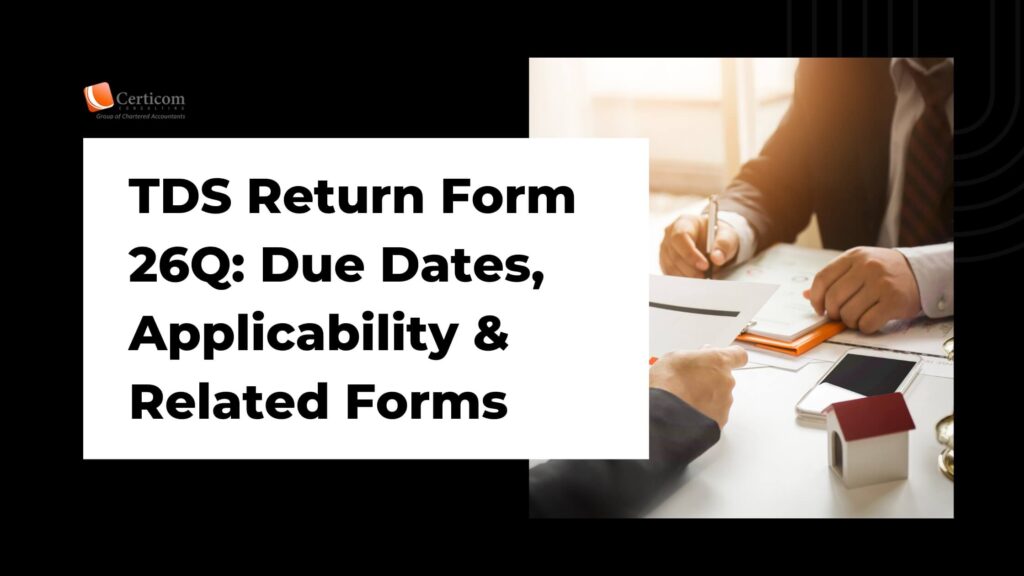Maximizing Tax Benefits: Understanding the Standard Deduction

The Importance of Tax Deductions in Financial Planning
Tax deductions play a crucial role in reducing overall tax liability, allowing taxpayers to retain more of their income. Among various deductions, the standard deduction is one of the most commonly used options due to its simplicity and broad eligibility.
What is the Standard Deduction?
The standard deduction is a fixed amount that taxpayers can deduct from their taxable income without needing to itemize expenses. It simplifies tax filing by eliminating the need for detailed documentation of expenses such as home loan interest, charitable donations, and medical costs.
Key Benefits of the Standard Deduction
Opting for the standard deduction provides several advantages, including:
Simplified Tax Filing – No need to maintain records of multiple expenses.
Reduction in Taxable Income – Directly lowers tax liability.
Automatic Inflation Adjustments – Regularly updated to reflect economic changes.
Wide Eligibility – Available to most salaried individuals, pensioners, and certain other taxpayers.
No Documentation Required – Unlike itemized deductions, no additional proof is necessary.

Who Can Claim the Standard Deduction?
Eligibility for the standard deduction depends on various factors, including filing status and income source. Those eligible include:
Salaried Employees – Individuals earning a salary.
Pensioners – Retired individuals receiving pension income.
Hindu Undivided Families (HUFs) – Eligible under Indian tax laws.
Senior Citizens – Individuals above 60 years.
Family Pensioners – Those receiving a pension on behalf of a deceased family member.
However, non-residents and those opting for itemized deductions may not be eligible.
Standard Deduction Limits for FY 2024-25 (India)
The Indian tax system provides different standard deduction amounts based on the tax regime:
₹75,000 for salaried individuals and pensioners (new tax regime).
₹50,000 for salaried individuals and pensioners (previous tax regime).
₹25,000 for family pensioners (new tax regime).
₹15,000 for family pensioners (previous tax regime).
Example: How the Standard Deduction Lowers Taxable Incom
A salaried employee with an annual income of ₹10,00,000:
Under the new tax regime, taxable income reduces to ₹9,25,000 with a ₹75,000 standard deduction.
Under the previous tax regime, taxable income becomes ₹9,50,000 with a ₹50,000 deduction.
A pensioner earning ₹8,00,000 annually:
Under the new tax regime, taxable income is ₹7,25,000 after a ₹75,000 deduction.
Under the previous tax regime, taxable income remains ₹7,50,000 after a ₹50,000 deduction.
Standard Deduction vs. Itemized Deductions: Which is Better?
Choosing between the standard deduction and itemized deductions depends on an individual’s financial situation.
Opt for the Standard Deduction When:
Total deductible expenses are lower than the standard deduction.
You prefer a hassle-free tax filing process.
You want to avoid tracking multiple expenses.
Choose Itemized Deductions When:
You have significant expenses like home loan interest, medical bills, or charitable donations.
The total itemized deductions exceed the standard deduction.
You are self-employed or incur substantial business-related costs.
For example, a taxpayer with ₹50,000 in home loan interest, ₹30,000 in charitable donations, and ₹1,20,000 in medical expenses would benefit more from itemizing deductions.
Latest Updates and Future Outlook
Recent Changes:
Increased Deduction for Salaried Individuals – Raised from ₹50,000 to ₹75,000 under the new tax regime.
Higher Deduction for Family Pensioners – Increased from ₹15,000 to ₹25,000.
Encouraging the New Tax Regime – The enhanced standard deduction aims to make the new tax regime more attractive.

Possible Future Developments:
Further Increases in the Standard Deduction – To provide more relief to taxpayers.
Expanded Eligibility – Potentially including self-employed individuals.
Adjustments Based on Income Levels – Ensuring fair tax benefits across different income groups.
The standard deduction is a powerful tax-saving tool that simplifies tax filing and reduces taxable income. The recent enhancements under the new tax regime make it even more beneficial for salaried individuals and pensioners. Understanding its advantages and comparing it with itemized deductions can help taxpayers maximize their savings. Staying informed about tax law changes and consulting a tax professional can ensure optimal financial planning.
Related Post
Have You Reported Your Foreign Assets in Your Income Tax Return?
A Beginner’s Guide to E-Filing Income Tax Return for FY 2024-25
Book A One To One Consultation Now For FREE
How can we help? *




